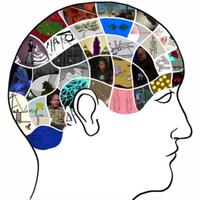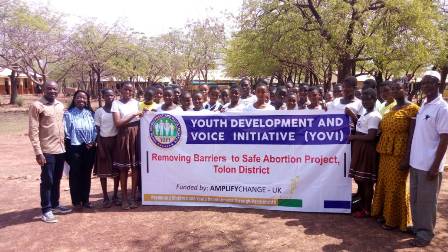

A classic example in English is the word humbugger which originally referred to a type of meet party deriving its name from the city of Hamburg in Germany. Morphological reanalysis often involves an attempt to attribute a compound or root affix structure to a word that formerly was not broken down into components morphemes. Reanalysis is particularly common in morphological change. As we can see analogy plays a very important role in morphological change. For example on the basis of its phonological similarity with such verbs as a sting / stung and swing /swung in the same dialects bring has developed a forms such as good by analogy with regular past tense forms like played. Both phonological and semantic characteristics can serve as a basis for analogy. It typically involves the extension or generalization of a regularity on the basis the inference that it elements are alike in the same respects. Analogy reflects the preference of speakers for regular patterns over Irregular ones. Two sources of change having a Cognitive basis are Analogy and Reanalysis. Thus, the language changes are the effects by the followings reasons:Īnalogy and Reanalysis by O’Grady et al, (1997) said that Cognitive factors also play a role in change in all components of grammar. Although these languages come from common ancestor which is Proto-Indo-European and spread to form different languages over the world. These similarities led Linguistics to believe that most of today’s European languages and those Ancient languages must have evolved from a single ancestor or mother language called Proto-indo European. Historical Linguistics began in the late 18 th C, when Western European scholars began to notice that some modern European languages shared similar linguistic characteristics with Ancient languages such as Sanskrit, Latin and Greek. Language changes in all aspect of grammar, phonology, morphology, syntax and semantics. Historical linguistic is concerned with both description and explanation of language change. The existence of such differences between early and late variants of the same language raises questions as to how and why languages changes overtime. Not only would these sentences have a foreign sound, but words and structure such as Sweveninges, Lesynges and false nabene are unfamiliar. The English of the late 14 th C for example is so different to modern English that without special training is difficult to understand the opening lives to the Romance of the Rose cited above. Language change is both obvious and rather mysterious. The two linguistic disciplines in particular language concern themselves with studying language change. The effect of language change over time is known as Diachronic Change. This autoimmune attack can trigger brain inflammation and the onset of tics.Language change is the phenomenon where phonetics, morphological, semantic, and syntactic and other features of language vary over time.

But, in addition to killing harmful bacteria, these antibodies can attack healthy cells in a certain region of the brain which controls movement. In these cases, the immune system produces antibodies to kill a harmful germ.

Researchers believe that some children and adults are genetically predisposed to develop an abnormal immune response following an infection(s). “The body of evidence in favor of a contribution of the immune system on the pathophysiology of and related disorders is constantly growing.” 4 One study’s findings support the “hypothesis that binding of an anti-neuronal antibody from some children with induced striatal dysfunction and suggests a possible cause for the basal ganglia alterations observed in children with TS.” 3 In fact, multiple studies have examined the role of immune dysfunction and anti-neuronal antibodies in tic disorders in children and adults. The authors report that providing these patients with immunological treatments “improves and prevents the re-occurrence of clinical symptoms in Tourette’s syndrome.” 2 The role of immune dysfunction and anti-neuronal antibodies in tic disorders A dysfunctional immune response and signs of inflammation in the central nervous system (CNS) have been identified in some patients with Tourette’s syndrome. “The body of evidence in favor of a contribution of the immune system on the pathophysiology of and related disorders is constantly growing.” (4) Click to tweetĪ growing body of research indicates that infections can trigger an immune dysfunction, which elicits neuropsychiatric symptoms, including motor and vocal tics.


 0 kommentar(er)
0 kommentar(er)
